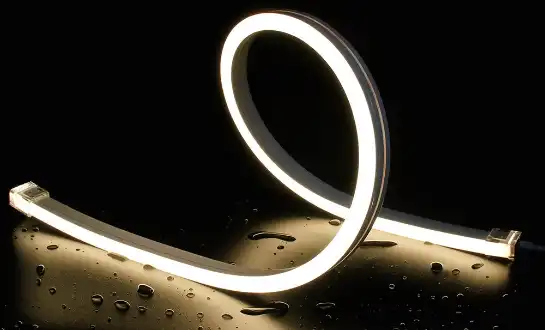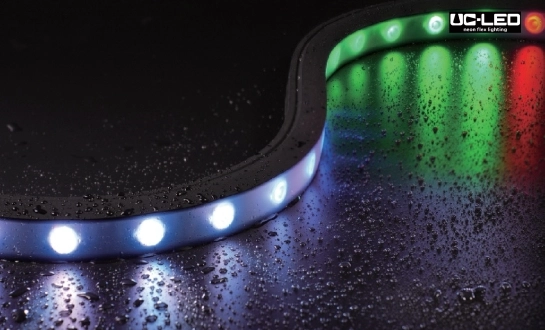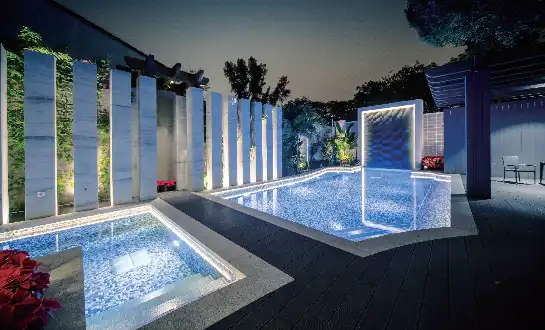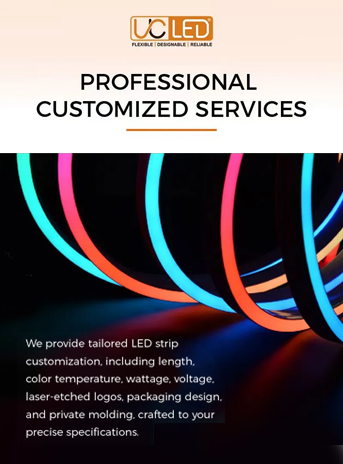How to Choose the Right LED Neon Flex for Outdoor Architectural Lighting Projects?
Selecting the appropriate outdoor LED neon flex for architectural lighting projects requires careful consideration of several key factors. To make the right choice, focus on the product's IP rating, color temperature and brightness options, flexibility and customization capabilities, energy efficiency, and durability in various weather conditions. Additionally, consider the specific requirements of your project, such as the desired aesthetic effect, installation location, and maintenance needs. By evaluating these aspects, you can ensure that the chosen LED neon flex will not only enhance the visual appeal of your architectural design but also provide long-lasting, reliable performance in outdoor environments.

Understanding the Unique Characteristics of Outdoor LED Neon Flex
What Sets Outdoor LED Neon Flex Apart from Traditional Lighting Options?
Outdoor LED neon flex represents a revolutionary advancement in architectural lighting technology. Unlike traditional neon tubes, which contain hazardous gases and are fragile, LED neon flex utilizes light-emitting diodes encased in flexible, durable silicone. This construction allows for unprecedented versatility in design and application.
The key advantages of outdoor LED neon flex include its energy efficiency, longevity, and low maintenance requirements. These lighting solutions consume significantly less power than traditional neon, reducing operational costs and environmental impact. With a lifespan often exceeding 50,000 hours, LED neon flex offers a long-term lighting solution that maintains its brightness and color consistency over time.
The Importance of Weatherproofing and Durability for Outdoor Applications
When it comes to outdoor architectural lighting, weatherproofing is paramount. Outdoor LED neon flex is designed to withstand various environmental challenges, including rain, snow, UV radiation, and temperature fluctuations. The IP (Ingress Protection) rating of LED neon flex indicates its level of protection against water and dust ingress. For outdoor applications, an IP67 or IP68 rating is typically recommended, ensuring the lighting can withstand temporary submersion and harsh weather conditions.
The durability of outdoor LED neon flex extends beyond its waterproof capabilities. High-quality products are often constructed with UV-resistant materials, preventing discoloration and degradation from prolonged sun exposure. Additionally, salt-resistant options are available for coastal installations, where corrosion from sea spray can be a concern.
Key Factors to Consider When Selecting Outdoor LED Neon Flex
Color Temperature and Brightness Options
The visual impact of architectural lighting largely depends on the color temperature and brightness of the chosen LED neon flex. Color temperature, measured in Kelvin (K), ranges from warm whites (2700K-3000K) to cool whites (5000K-6500K). Warm temperatures create a cozy, inviting atmosphere, while cooler temperatures can enhance modern, sleek designs.
Brightness, measured in lumens per meter, should be selected based on the specific requirements of your project. Higher brightness levels may be necessary for large-scale installations or areas with significant ambient light. However, it's crucial to balance brightness with energy efficiency and avoid light pollution in sensitive areas.
Flexibility and Customization Capabilities
One of the most compelling features of outdoor LED neon flex is its flexibility, allowing for creative and intricate designs that were previously challenging to achieve. When selecting a product, consider its bend radius – the minimum curve the neon flex can accommodate without damage. A smaller bend radius offers greater design flexibility, enabling tighter curves and more complex shapes.
Customization options are another critical factor. Look for manufacturers that offer tailored solutions, including custom lengths, color combinations, and even the ability to create specific shapes or logos. This level of customization can elevate your architectural lighting project from standard to extraordinary.
Energy Efficiency and Long-term Cost Considerations
While the initial investment in high-quality outdoor LED neon flex may be higher than traditional lighting options, the long-term benefits often justify the cost. Energy efficiency is a key advantage, with LED technology consuming significantly less power than conventional neon or fluorescent lighting. This translates to lower electricity bills and a reduced carbon footprint.
When evaluating energy efficiency, look at the lumens per watt ratio. Higher ratios indicate more efficient products. Additionally, consider the product's lifespan and warranty. A longer lifespan means less frequent replacements, reducing long-term costs and maintenance efforts.
Installation and Maintenance Best Practices for Outdoor LED Neon Flex
Proper Installation Techniques for Optimal Performance and Longevity
Correct installation is crucial for maximizing the performance and lifespan of outdoor LED neon flex. Begin by ensuring a clean, dry surface for mounting. Many LED neon flex products come with adhesive backing, but for outdoor applications, additional mounting clips or channels are recommended to secure the lighting against wind and other environmental factors.
Pay close attention to the manufacturer's guidelines regarding maximum run lengths and power supply requirements. Exceeding these limits can lead to voltage drop, resulting in uneven brightness or premature failure. For longer runs, consider using multiple power supplies or amplifiers to maintain consistent performance along the entire length.
Ongoing Maintenance and Troubleshooting Tips
While outdoor LED neon flex is generally low-maintenance, regular inspections and cleaning can help ensure optimal performance and longevity. Periodically check for any signs of damage, such as cracks in the silicone casing or loose connections. Clean the lighting gently with a soft, damp cloth to remove dust and debris that may accumulate over time.
In the event of issues, such as sections not lighting up or flickering, first check the power supply and connections. Ensure all joints are properly sealed to maintain the IP rating. If problems persist, consult the manufacturer's troubleshooting guide or contact their support team for assistance.
Adapting to Changing Seasons and Environmental Conditions
Outdoor LED neon flex is designed to withstand various weather conditions, but some considerations can help optimize its performance year-round. In colder climates, be aware that extreme low temperatures can affect the flexibility of the silicone casing. If adjustments are needed during winter months, allow the lighting to warm up slightly before attempting to bend or reposition it.
During summer months, excessive heat can impact the longevity of LED components. Ensure adequate ventilation around power supplies and controllers, and consider implementing dimming schedules during peak heat hours to reduce stress on the system.
Conclusion
Choosing the right outdoor LED neon flex for architectural lighting projects involves careful consideration of various factors, from weatherproofing and durability to color options and energy efficiency. By understanding the unique characteristics of LED neon flex and evaluating key factors such as IP ratings, customization capabilities, and long-term cost considerations, you can select a lighting solution that not only meets your immediate design goals but also provides lasting value and performance.
Remember that proper installation and ongoing maintenance are crucial for maximizing the lifespan and effectiveness of your outdoor LED neon flex installation. By following best practices and adapting to changing environmental conditions, you can ensure your architectural lighting continues to impress and inspire for years to come.
For more information on selecting the perfect outdoor LED neon flex for your architectural lighting project, or to discuss custom solutions tailored to your specific needs, please contact our team of lighting experts at Linda@uc-led.com. We're here to help you illuminate your vision with cutting-edge LED technology.
References
1. Smith, J. (2022). Architectural Lighting Design: Principles and Applications. London: Routledge.
2. Johnson, A. & Lee, S. (2021). LED Lighting Systems for Outdoor Applications. Journal of Sustainable Architecture and Civil Engineering, 28(1), 78-92.
3. Brown, R. (2023). Energy Efficiency in Outdoor Lighting: A Comprehensive Guide. New York: Springer.
4. Chen, L. et al. (2022). Durability and Performance of LED Neon Flex in Extreme Weather Conditions. Lighting Research & Technology, 54(3), 301-315.
5. Wilson, E. (2023). The Future of Architectural Lighting: Trends and Innovations. Architectural Digest, 80(4), 112-120.

Looking for high-quality LED flexible strips? Click for a free quote in 24 hours!
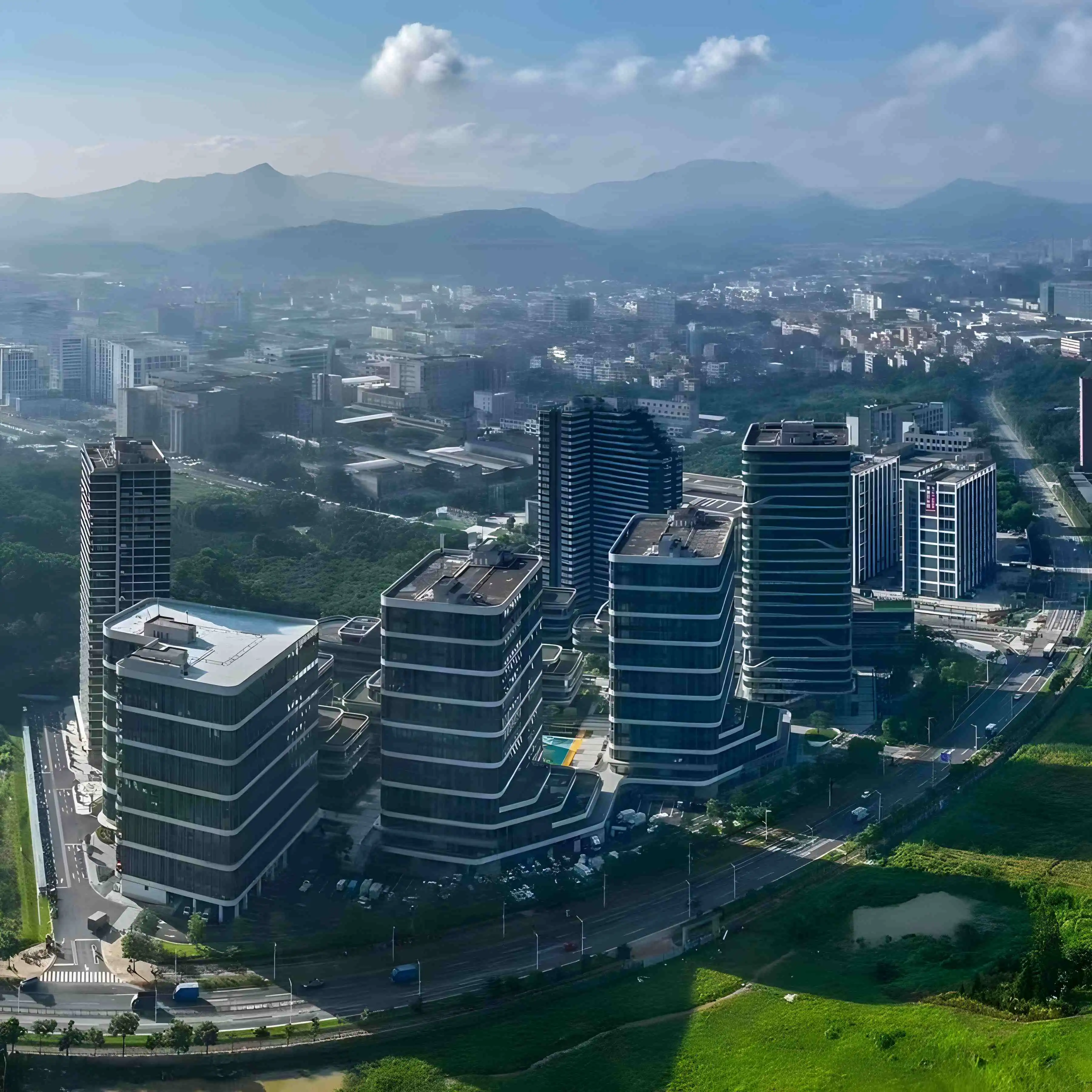
LED Neon Flex Strip Factory - Leading Professional Flexible LED Strip Manufacturer from China
